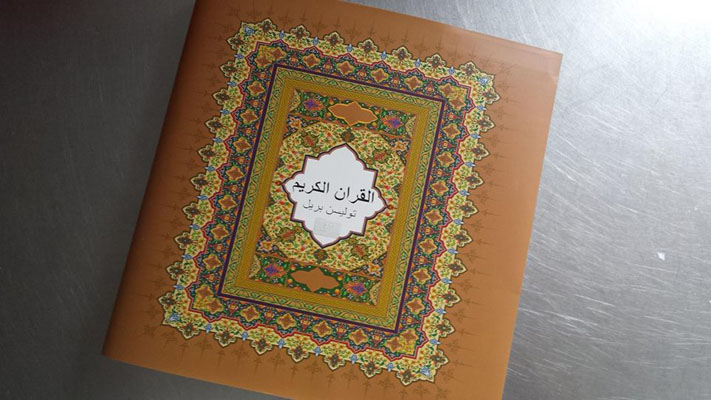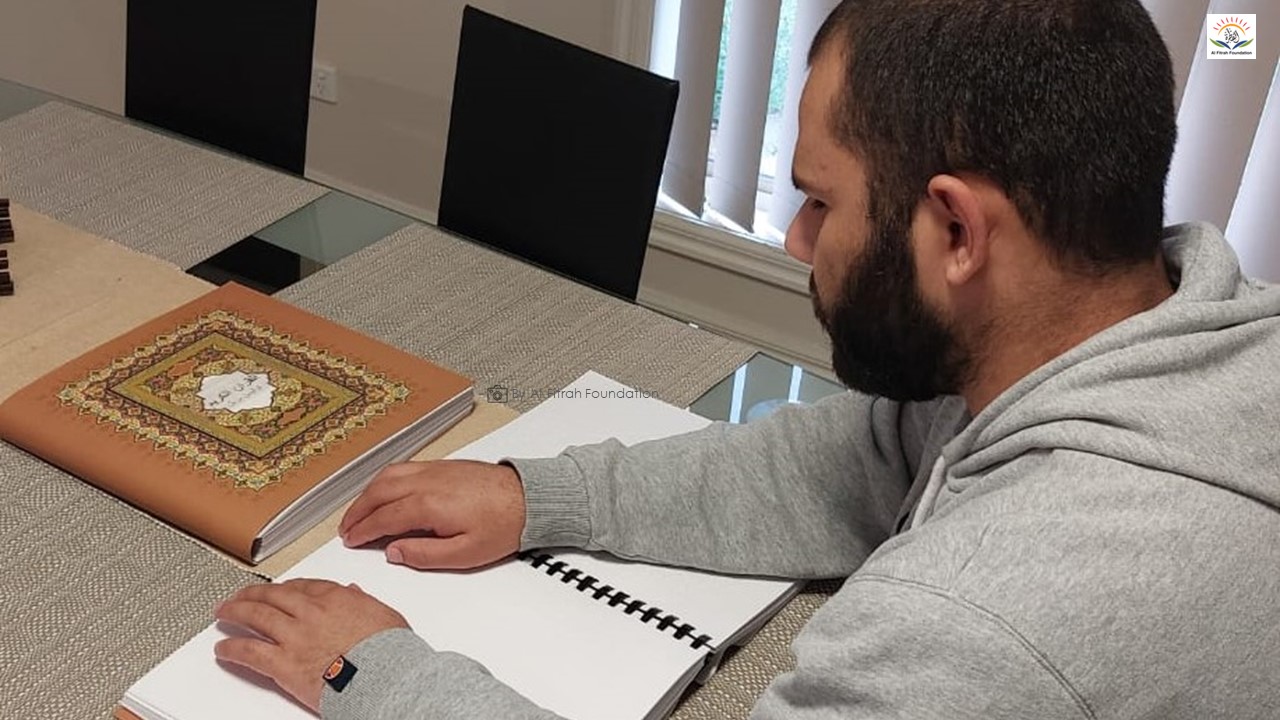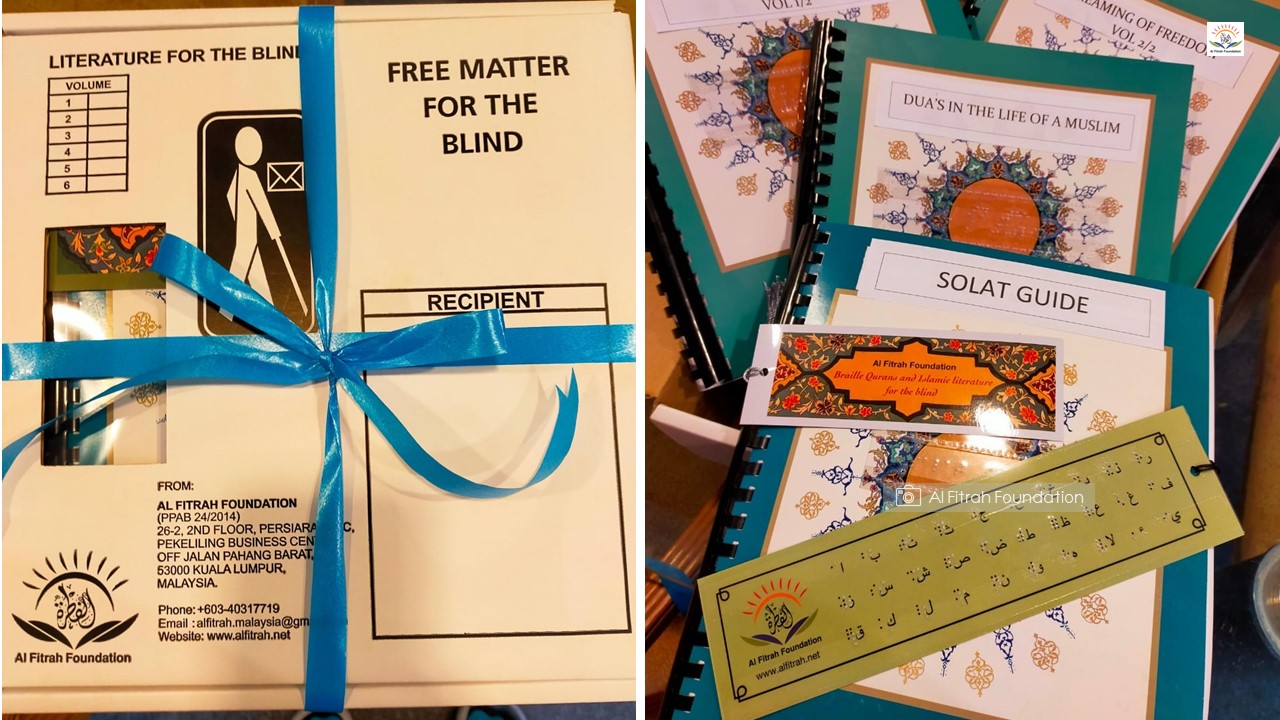A collection of ground-breaking apps that use modern technology to help people with disabilities around the world.

A boy with developmental disabilities uses an app for children with autism (Illustrative photo by Shutterstock)
We all have our challenges in life - physical, mental and emotional. Some are bigger, some are smaller, and some need more assistance than others to overcome. These seven apps use modern technology to enrich the lives of people with disabilities - from creative aids for the blind and deaf to new ways to make life more manageable for people with autism spectrum disorders and speech disabilities.
1. THE APP THAT GIVES A VOICE TO PEOPLE WITH SPEECH DISORDER
THE APP: Talkitt
WHO IT HELPS: People with motor, speech and language disorders - including but not limited to Amyotrophic Lateral Sclerosis (ALS), Cerebral Palsy, stroke, brain damage, autism and Parkinson's disease.
WHAT IT DOES: The Talkitt app translates unintelligible pronunciation into understandable speech, allowing people to communicate using their own voice. The technology behind the app is brilliant - by recognizing each individual user's vocal patterns, it “speaks” their words in a coherent manner - thus allowing them to communicate clearly and easily. Even more amazing? The program works in every language.

A father speaks freely with his daughter using Talkitt (Facebook)
2. THE APP THAT GIVES EYES TO THE BLIND
THE APP: Be My Eyes
WHO IT HELPS: People who are blind or visually impaired.
WHAT IT DOES: Be My Eyes connects blind people who need assistance with sighted volunteers who want to help out via a direct video connection. Currently available for iPhone and coming soon for Android, the app can be used in a variety of situations - for example a blind person might need help checking the expiration date on a milk carton, or making their way around new surroundings. They enter a request for assistance and the volunteer gets a notification that the blind person could use some help. Arguably the best app for blind people, there are currently over 90,000 sighted volunteers active on Be My Eyes, and some 7,000 blind people using the app.

Using Be My Eyes to check the expiry date on a carton of milk (Be My Eyes)
3. THE APP WITH NO WORDS THAT SPEAKS TO AUTISTIC CHILDREN
THE APP: Avaz
WHO IT HELPS: Children with autism spectrum disorders, Downs syndrome, Angelman's Syndrome, Cerebral Palsy, and other speech disabilities.
WHAT IT DOES: This Australian app enables children with autism and other disorders to “speak” using pictures - in a variety of situations. For example, the app can be used in speech therapy sessions, on a day-to-day basis to develop language, and to stimulate and improve the intent to communicate. The app uses picture symbols and high-quality voice synthesis to help non-verbal users create messages and improve language skills. The cherry on top is a powerful keyboard that helps users transitioning to text - growing with the child as he or she develops.

A screenshot of the iPad app (iTunes)
4. THE APP THAT PUTS CAPTIONS ON PHONE CALLS
THE APP: RogerVoice
WHO IT HELPS: People who are deaf and hearing impaired.
WHAT IT DOES: RogerVoice uses voice recognition to convert voice to text, so deaf people can “hear” phone calls by reading. This video from the startup’s successful Kickstarter campaign shows the app in action - beginning with a surprised mother receiving a call from her deaf daughter for the first time. The app is due to launch in March 2015 for Android devices.

A deaf RogerVoice user's first call to her mother (Screenshot)
5. THE APP THAT IMPROVES EYE CONTACT AND COMMUNICATION
THE APP: LOOK AT ME
WHO IT HELPS: Autistic children.
WHAT IT DOES: Designed to improve socialization skills for autistic children, Samsung’s LOOK AT ME app gamifies interactions, helping users learn to read moods, remember faces, and express themselves with facial expressions and poses. A test group found that playing the game for just 15 minutes per day for an eight-week period can bring about a 60% improvement in making eye contact and identifying facial expressions - definitely one of the best apps to use modern technology to change interpersonal communication.

LOOK AT ME gamifies interpersonal relations (Screenshot)
6. THE APP THAT AMPLIFIES SOUNDS
THE APP: HearYouNow
WHO IT HELPS: People with hearing difficulties who don’t use a hearing aid.
WHAT IT DOES: Intended for use in public settings such as restaurants, meetings and parties as well as watching TV or listening to radio, the HearYouNow app customizes sound performance depending on the user’s specific needs. By attaching headphones to a digital device, sound is controlled and amplified per ear, with three frequency bands tuned towards speech understanding and the option to optimize foreground or background sounds. Developed by ExSilent, a Dutch manufacturer of hearing aids, the app is intended for people who could use a hearing aid but aren’t quite ready for one - saving them from repeatedly having to ask “what was that?”

HearYouNow is intended as a hearing aid replacement (Screenshot)
7. THE APP THAT SIMPLIFIES DAILY ROUTINES INTO PICTURES
THE APP: Stepping Stones
WHO IT HELPS: Children and adults who benefit from visual support, including those with developmental disabilities such as Autism, attention or auditory processing deficits, learning disabilities, or anxiety.
WHAT IT DOES: This simple app allows users to create visual guides - or ‘paths’ - using their own photos, so as to make sense of daily routines and schedules or stories. These visual supports help to increase the independence and flexibility that people with developmental disabilities can experience in their lives, as well as teaching essential life skills and assisting with sequential processing.

Stepping Stones turns everyday life into a series of pictures (Screenshot)











